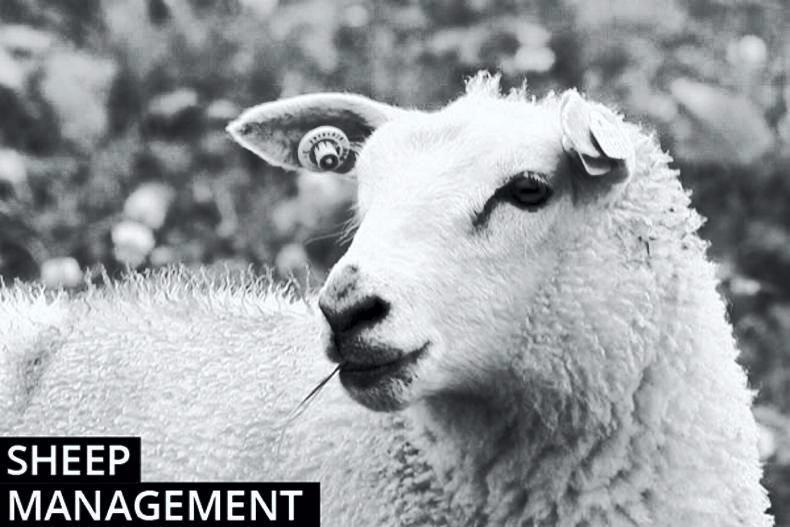Ram fertility
The risk of ram infertility or subfertility is heightened where single sire mating is being practiced. Therefore, it is important to take steps to guard against this occurring and to minimise the potential impact of such.
Sub-fertility can be caused by rams contracting a temporary illness or injury, with an increase in body temperature potentially affecting semen quality.
The most important step in reducing the risk of fertility issues is having rams in prime shape at breeding and achieving a body condition score of 3.75 to 4 at mating.
Addressing lameness issues is particularly important, as this can have serious consequences in impeding normal breeding behaviour.
Raddle
Identifying fertility issues can be carried out in its simplest format by raddling rams.
This will also serve to give an accurate assessment of lambing dates and allow late pregnancy nutrition programmes to be closer aligned to an animal’s requirements.
Changing the raddle colour weekly will give a very useful indicator and also serve longer-term to gauge if facilities are sufficient to cope with a tight lambing spread.
Where a harness is being used, it is important to ensure that the harness is fitted correctly and is not impeding rams serving ewes.
With new harnesses, it is advisable to check the harness after a couple of days, as it may need to be tightened.
Running rams in groups will also limit the effect of infertility or sub-fertility, but it is also important to note that it will not completely eliminate it where a dominant ram in a group prevents another ram from breeding.
Another management practice that can be utilised to lessen the impact is switching rams between groups, but be careful to keep account of when rams have been switched.
